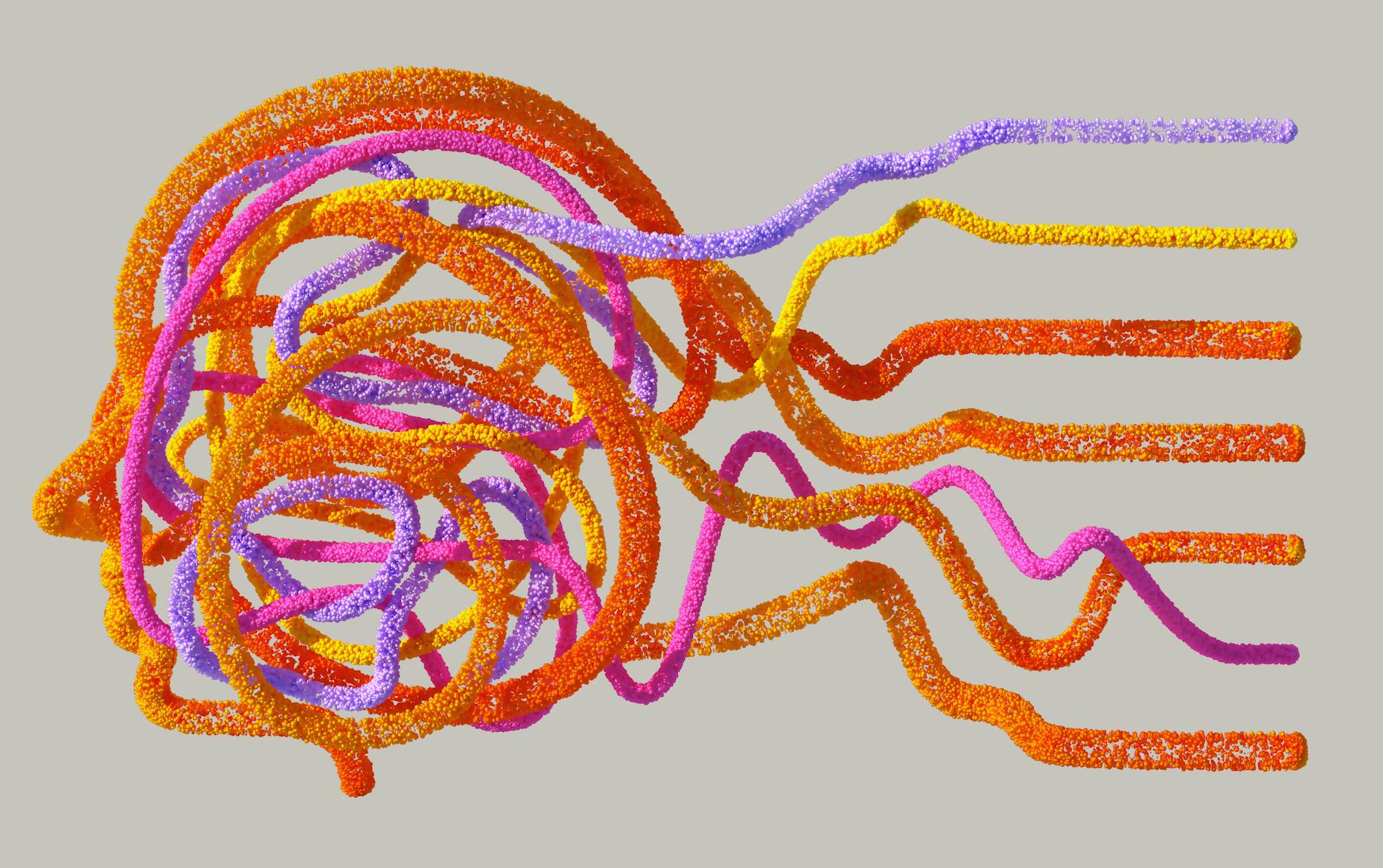
AI for Paranormal Research: The Future of Ghost Hunting?
Picture this: It’s 3 AM. You’re in an abandoned asylum, armed with an EMF meter and a shaky camcorder. Suddenly, a shadow flickers in the corner of the room. Your heart races—was that a ghost, or just your sleep-deprived brain playing tricks? What if artificial intelligence could tell you the difference? Welcome to the wild, weird, and surprisingly scientific world of AI for paranormal research.
Why AI is the Ghost Hunter’s New Best Friend
For decades, paranormal investigators relied on analog tools and gut instincts. But in the last five years, AI has quietly revolutionized the field—sort of like a ghost sneaking up on an unsuspecting skeptic. Here’s why tech-savvy researchers are embracing artificial intelligence:
- Pattern recognition: AI can analyze thousands of hours of footage in minutes, spotting anomalies human eyes might miss
- Data validation: Machine learning algorithms can distinguish between dust orbs and potential paranormal phenomena
- Environmental analysis: Smart sensors monitor temperature, electromagnetic fields, and sound waves simultaneously
- Historical cross-referencing: NLP (Natural Language Processing) can scan old newspapers and records for location-specific clues
My First AI-Assisted Investigation
Last fall, I tested an AI system called SpecterAnalyzer during an investigation at the notoriously active St. Ignatius Hospital. While my team was getting excited about “cold spots,” the AI was quietly flagging a repeating 18.98Hz infrasound pattern—a frequency known to cause unease in humans. Turns out, the “ghostly whispers” were likely vibrations from the subway line three blocks away. The AI didn’t debunk the haunting (the place still gives me chills), but it did separate the possibly paranormal from the definitely explainable.
2025 Trends: Where AI Meets the Afterlife
The intersection of AI and paranormal research is evolving faster than a poltergeist trashing a hotel room. Here’s what’s coming:
- Augmented reality ghost hunting: Imagine wearing AR glasses that overlay historical data and real-time anomaly detection
- Blockchain evidence logs: Tamper-proof recording of paranormal evidence to combat skepticism
- AI mediums: Controversial apps that claim to “translate” spirit communication (jury’s still out on this one)
- Predictive haunting maps: Machine learning models that forecast paranormal activity based on lunar cycles, weather, and historical data
Traditional vs. AI-Assisted Paranormal Research
| Method | Traditional Approach | AI-Assisted Approach |
|---|---|---|
| Evidence Review | Manual review of hours of footage | AI flags anomalies in minutes |
| Environmental Data | Separate devices for EMF, temp, etc. | Integrated sensor networks with AI analysis |
| False Positives | Relies on investigator experience | Machine learning identifies common explainables |
| Historical Research | Days in archives | AI cross-references databases in seconds |
The Skeptic’s Corner: Can AI Really Detect Ghosts?
Let’s be real—AI isn’t some mystical ghost radar. It’s a tool, and like any tool, it has limitations. The biggest misconception? That AI “proves” the paranormal. What it actually does is:
- Process data faster than humans
- Identify statistically unusual patterns
- Reduce confirmation bias (that all-too-human tendency to see what we want to see)
During a recent investigation at the Baker House, our AI system flagged a “voice” in the static that sounded like “help me.” Chilling? Absolutely. Proof of the afterlife? Not quite—further analysis revealed it was a radio bleed-over from a trucker’s CB radio two miles away. The takeaway? AI gives us more data to work with, but human judgment is still essential.
FAQs About AI in Paranormal Research
Does using AI take the “soul” out of ghost hunting?
Not at all! Think of AI like a digital assistant—it handles the grunt work so investigators can focus on interpretation and intuition. The creepy atmosphere and human connection to history remain unchanged.
What’s the best AI tool for beginners?
ParaTech AI’s basic package offers great entry-level analysis tools without overwhelming new users. Their “Explain or Escalate” algorithm is perfect for learning what’s worth deeper investigation.
Could AI ever replace human investigators?
Unlikely. AI lacks the human sensitivity needed for client interactions and the creative thinking required for historical research. It’s a partner, not a replacement.
Isn’t this all just high-tech ghostbusting?
While we’d love to have proton packs, real AI paranormal research is more about careful analysis than spectral showdowns. Though if you invent a working ghost trap, call me.
Final Thoughts: Should You Try AI Ghost Hunting?
After two years of testing AI tools in the field, here’s my take: Artificial intelligence won’t solve the mystery of life after death, but it’s transforming paranormal research from spooky storytelling into something approaching a real science. The best investigations now blend old-school intuition with cutting-edge tech—like using a Ouija board that also runs regression analysis.
Ready to upgrade your ghost hunting toolkit? Start with these steps:
- Try a basic AI analysis app like EVP Analyzer Pro
- Attend a workshop on AI-assisted investigations (many are now offered online)
- Join the Paranormal Tech Facebook group to swap tips with other digital ghost hunters
Whether you’re a seasoned investigator or a curious skeptic, one thing’s certain: the future of ghost hunting looks decidedly technological. And who knows? Maybe someday AI will finally answer the question we’re all dying to know—what really happens when we’re gone?



Pingback: ai companies - previewkart.com